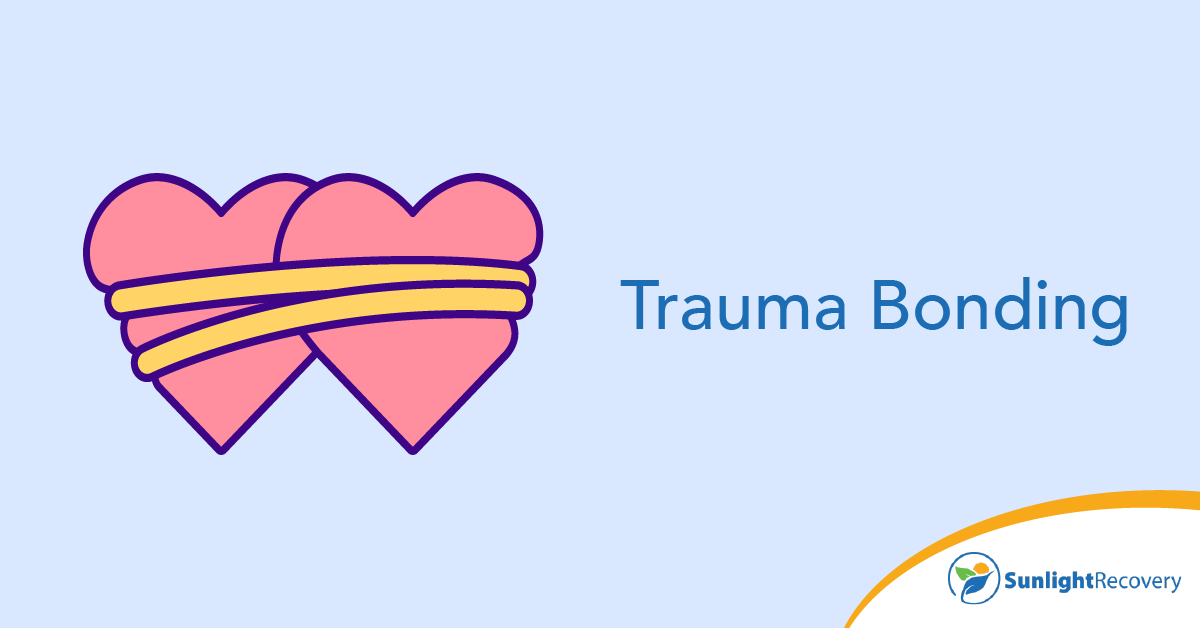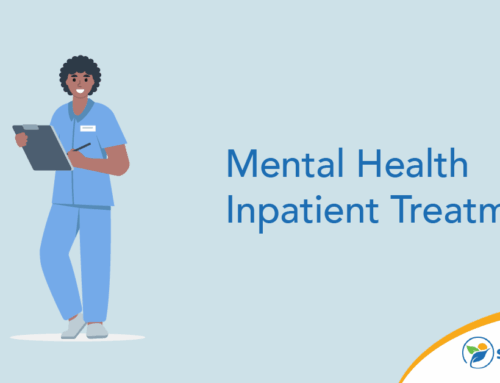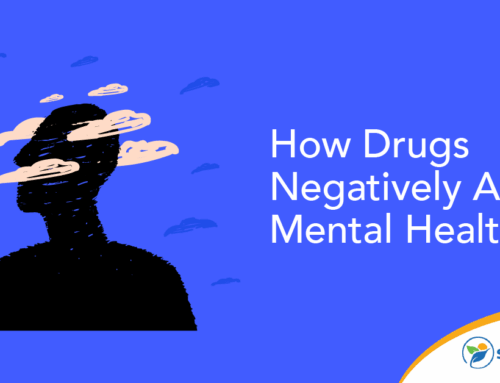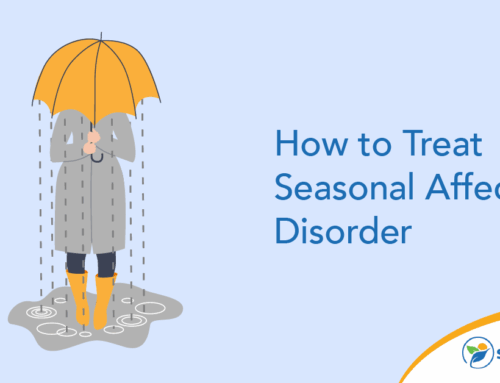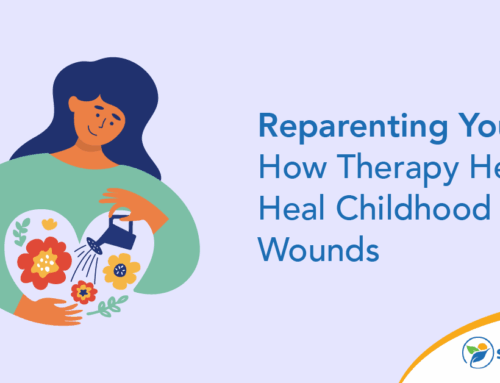Trauma bonding is a powerful, often confusing emotional connection that forms between a victim and their abuser. Rooted in cycles of abuse and manipulation, this bond can create feelings of confusion and guilt, making you blame yourself for the pain you’re experiencing.
Understanding trauma bonding is the first step toward breaking free from its grip. Learn what trauma bonding is, how it develops and why healing from a toxic relationship can be difficult without support.
What Is Trauma Bonding?
A trauma bond is a deep emotional attachment that forms between a person and their abuser. It often stems from repeated cycles of abuse followed by moments of kindness and affection. These patterns can create confusion and emotional dependency, making leaving a harmful relationship difficult.
Trauma bonds commonly occur in relationships involving emotional, psychological or physical abuse. They aren’t limited only to romantic partnerships. Other examples include:
- A child and an abusive parent
- An employee and a toxic boss or coworker
- A patient and a neglectful caregiver
- A person and a manipulative friend
How Trauma Bonds Form in Toxic Relationships
Trauma bonds often form in toxic relationships through repeated cycles of abuse and positive reinforcement. These bonds begin subtly, with moments of affection, charm or vulnerability that build trust. Over time, the abuser introduces toxic behaviors, such as manipulation, control or emotional harm, creating confusion and instability within the relationship.
After each episode of abuse, the abuser may show remorse, offer affection or promise change, causing the victim to stay hopeful and emotionally invested. This push-pull dynamic creates intense highs and lows, reinforcing the bond and making the relationship feel addictive. The victim may start doubting their own memories or feelings, increasing dependence on their abuser for the truth.
Additionally, the abuser may use threats or other intimidation tactics, causing the victim to believe leaving the relationship is unsafe or impossible. The victim may then gradually retreat from friends and family, becoming more reliant on their abuser.
Signs You May Be Experiencing a Trauma Bond
Knowing how to identify common signs of trauma bonding can help you break free from a toxic relationship early, minimizing its impact on your well-being. Common signs to watch for include:
- Making excuses for an abuser’s behavior. You often defend or rationalize your abuser’s behavior, blaming stress, past trauma or yourself for their mistreatment.
- Feeling stuck but unable to leave. Despite knowing the relationship is harmful, you feel emotionally trapped due to threats from the abuser or your own conflicted feelings.
- Becoming isolated from loved ones. You avoid talking to loved ones about your relationship or withdraw from social connections entirely. This can stem from your own shame or fear of upsetting your abuser.
- Experiencing a loss of identity. You become so focused on pleasing your abuser that you disconnect from your own needs, values and sense of self. Over time, you forget who you were before the relationship.
- Feeling confused about what’s real. As the abuser’s gaslighting and manipulation continue or increase, you start doubting your own memories, instincts or sense of reality.
- Experiencing trauma bond withdrawal symptoms. When trying to leave the relationship, you experience feelings of guilt, self-doubt, anxiety or depression or have strong urges to contact your abuser.
Psychological and Emotional Impact of Trauma Bonds
Trauma bonds often leave individuals feeling trapped, confused or dependent on their abusers. The repeated cycles of abuse and intermittent affection cause the victim to associate love with pain, distorting their perception of reality and eroding self-esteem. They may defend their abuser due to fear or hope that the relationship will improve.
Feelings of guilt, shame and uncertainty that arise in toxic relationships can also cause mental health issues, such as anxiety or depression. Some individuals may turn to drugs or alcohol to cope with the emotional pain and trauma. Without help, these effects can linger after the relationship ends, making connecting with future partners and maintaining healthy bonds difficult.
Breaking a Trauma Bond: How to Heal and Move Forward
According to the CDC, about 41% of women and 26% of men experience some form of intimate partner violence, including psychological or emotional abuse. Many people seek help from their communities or loved ones to heal and move forward after leaving a toxic relationship. Here are steps you can take to overcome a trauma bond:
- Educate yourself. Understanding how trauma bonds work can help make sense of your feelings and spot red flags in future relationships.
- Set clear boundaries. Learning how to say no and setting clear boundaries can help you regain some control in the relationship. Clearly express what behaviors you’ll no longer tolerate, and enforce these boundaries if your abuser tries to overstep them.
- Cut off contact. Distance from your abuser is essential in breaking your emotional connection. Try limiting or cutting off contact, including in person, via phone and on social media.
- Practice self-care. Participate in joyful hobbies, such as hiking, reading or yoga. This can help improve well-being throughout the healing process.
- Reconnect with loved ones. Reach out to friends or family for support and guidance. They can help you gain perspective and remember who you were before the toxic relationship.
- Seek professional support. Therapy or support groups can help you process what happened, rebuild self-confidence and learn healthier relationship patterns.
Frequently Asked Questions About Trauma Bonds
What Is Trauma Bonding in Friendships?
In friendships, trauma bonding occurs when one person repeatedly harms or manipulates the other and then apologizes to regain trust. Despite the abuse, the friendship may continue due to shared experiences or feelings of guilt and obligation.
When Should You Seek Help for a Trauma Bond?
You should seek help for a trauma bond once you feel scared, stuck or unable to leave the relationship despite knowing it’s harmful. Reach out to loved ones or a mental health professional to gain clarity and begin the healing process.
Seek Help With Sunlight Recovery
If you or someone you know is struggling to overcome a trauma bond, Sunlight Recovery can help. Depending on your needs, we can connect you with a treatment program and develop a plan to help rebuild confidence and self-worth. Contact us today to speak with an admissions specialist and start your healing journey.


